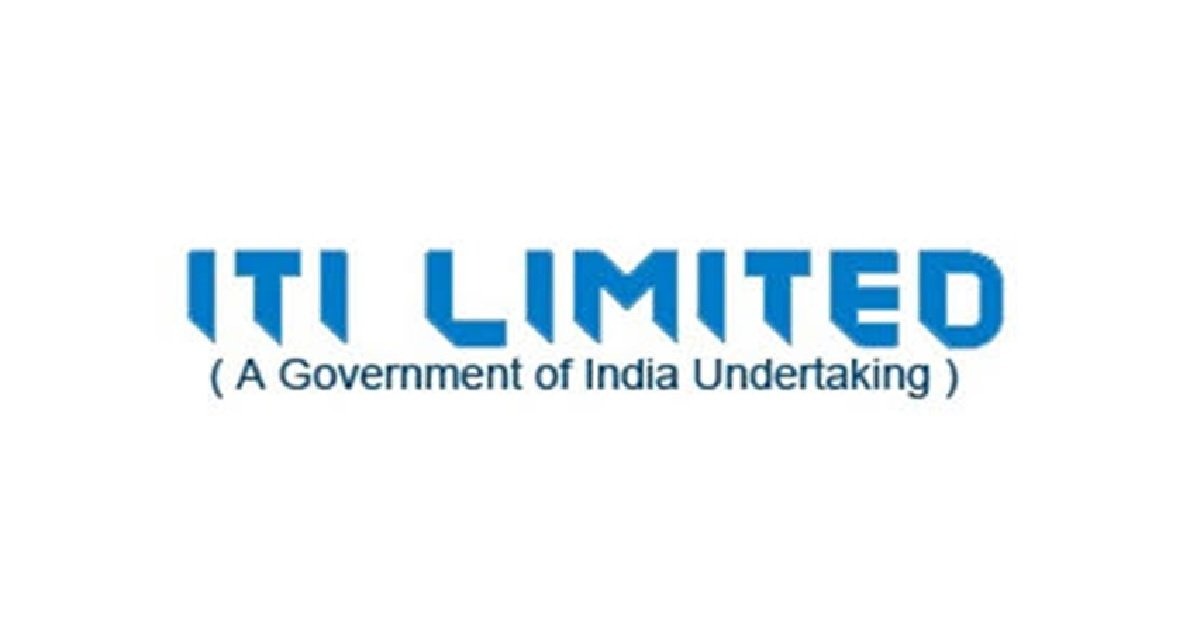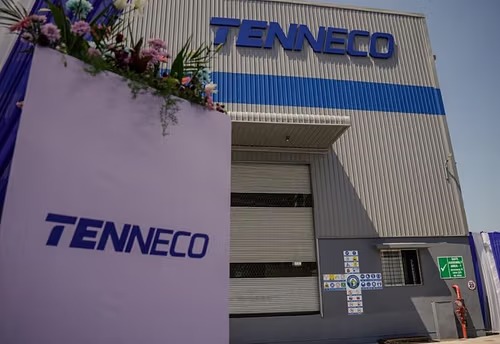
Follow WOWNEWS 24x7 on:
Updated: June 30, 2025 15:04

In a major boost to India’s digital infrastructure ambitions, ITI Limited has signed a landmark agreement with Bharat Sanchar Nigam Limited (BSNL) for a project valued at Rs 19.01 billion. The contract, awarded under the BharatNet Phase-3 initiative, aims to strengthen the middle-mile connectivity network across the northeastern region of India.
Here’s a comprehensive breakdown of the project scope, strategic significance, and expected impact.
Key Highlights of the Agreement
- BSNL has issued an advanced work order worth Rs 19.01 billion to ITI Ltd and its consortium partner Tera Software
- The project falls under Package 15 of the BharatNet Phase-3 program, covering the northeastern states
- The scope includes development, deployment, and maintenance of the middle-mile network infrastructure
- Of the total contract value, Rs 11.68 billion is earmarked for specific implementation components
Strategic Significance and National Impact
- BharatNet Phase-3 is a flagship initiative aimed at expanding high-speed broadband access to rural and remote areas
- The middle-mile network will serve as a backbone for last-mile connectivity, enabling digital services in underserved regions
- The project aligns with the government’s Digital India and North East Vision 2030 goals, promoting inclusive digital growth
- ITI’s involvement reinforces its role as a key public sector player in India’s telecom and ICT ecosystem
Operational and Financial Outlook
- The project is expected to be executed in phases, with timelines and milestones defined by BSNL
- ITI’s partnership with Tera Software brings complementary strengths in system integration and field deployment
- The contract will enhance ITI’s order book and revenue visibility for FY26 and beyond
- The company is also expected to leverage its manufacturing and R&D capabilities to support project execution
As India accelerates its push toward universal digital access, the ITI-BSNL partnership under BharatNet Phase-3 marks a critical step in bridging the digital divide—especially in the strategically vital northeastern corridor.
Sources: Owler, Tele.net, June 2025





